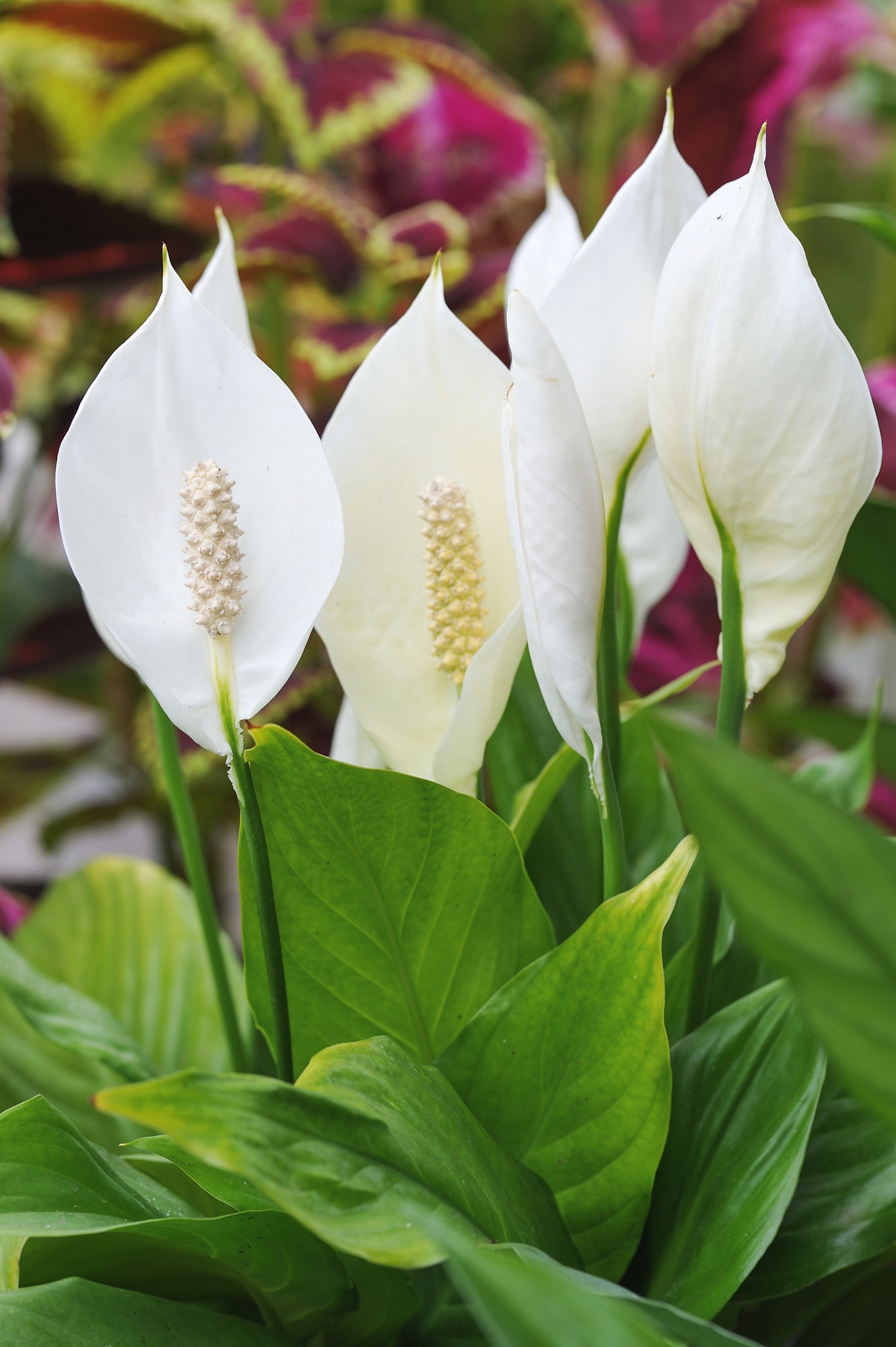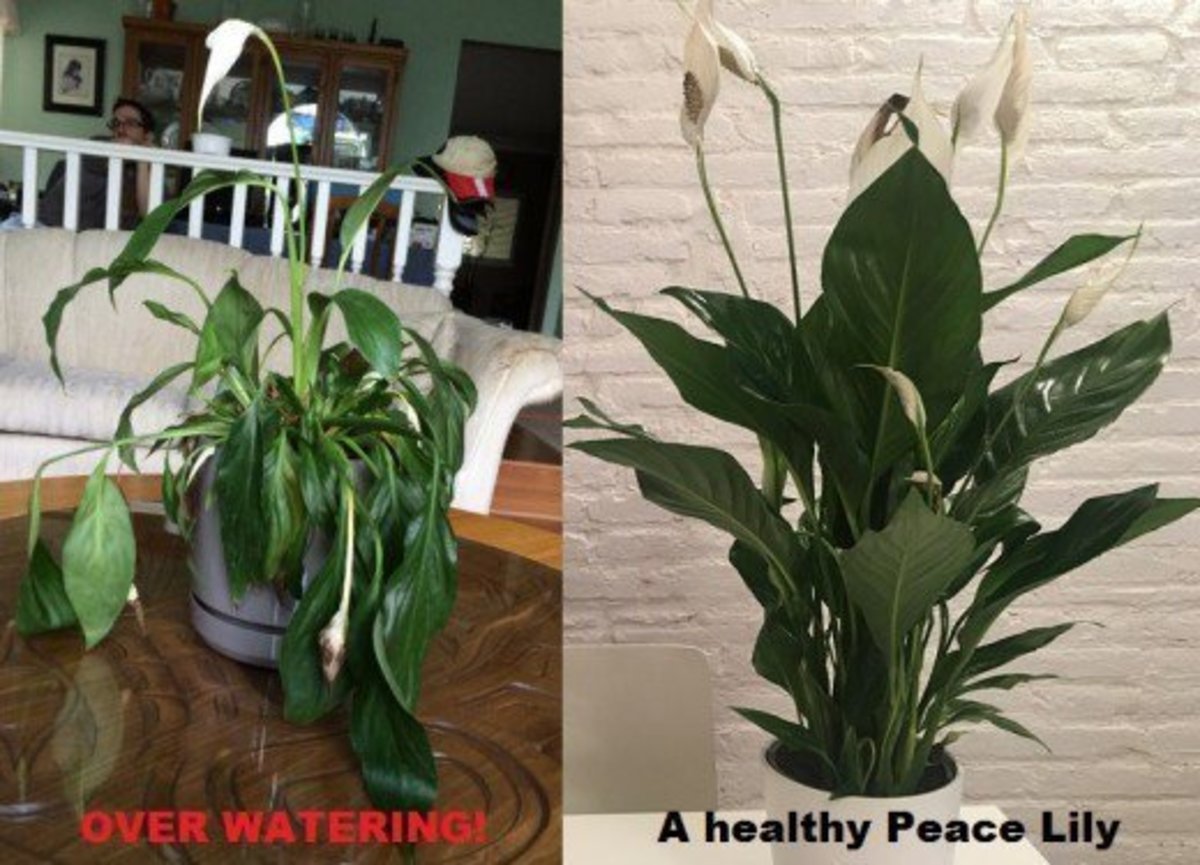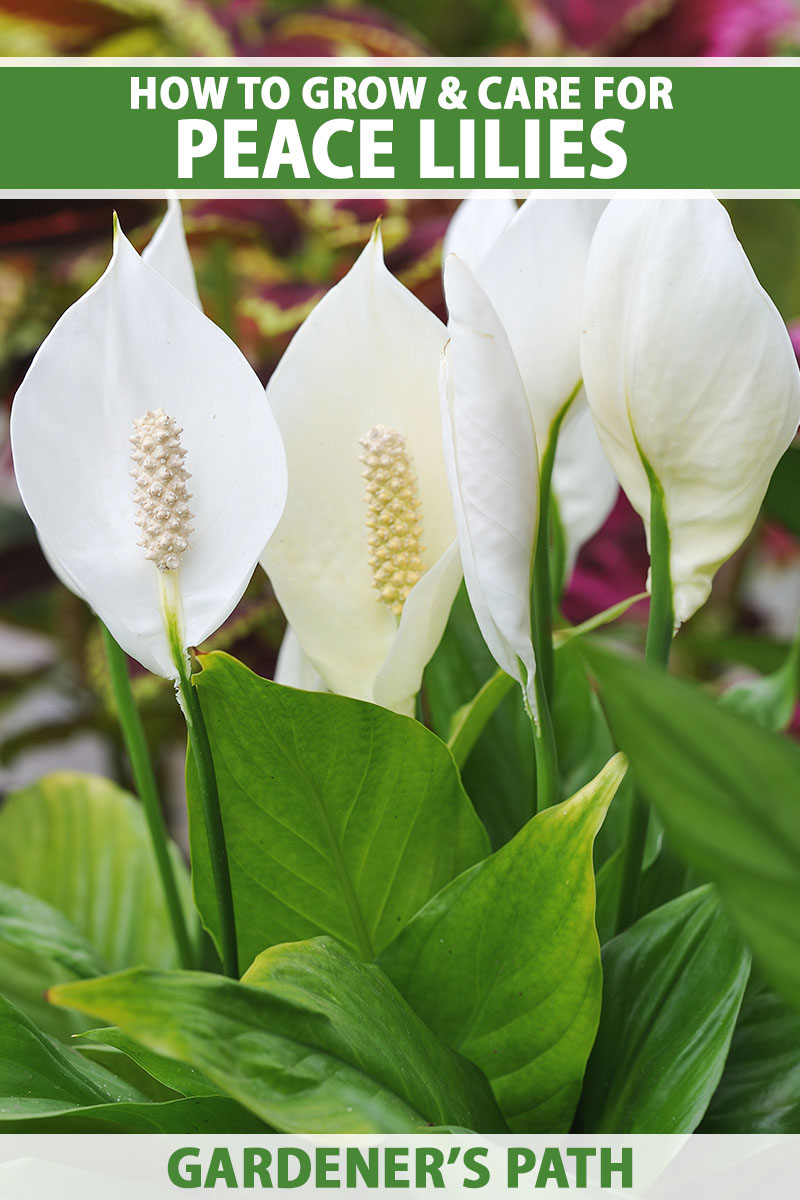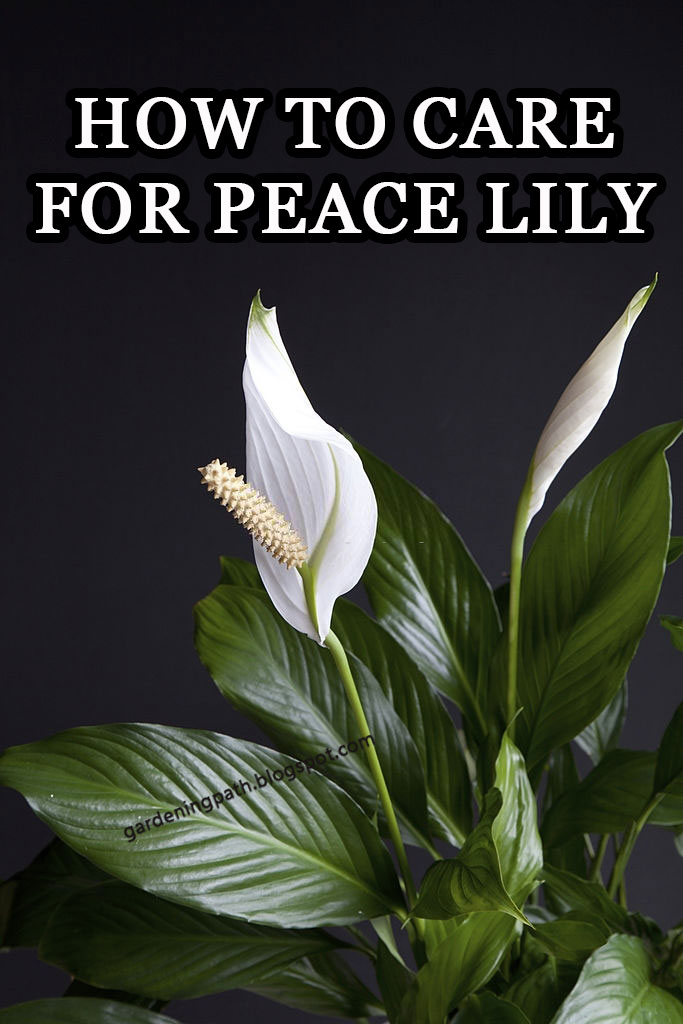Unlocking the Secrets of Peace Lily Happiness
The peace lily, a popular and low-maintenance houseplant, is a staple in many homes due to its elegant white blooms and ability to purify the air. However, to ensure its beauty and longevity, it’s essential to understand how to care for peace lilies. With proper care, peace lilies can thrive and provide a touch of serenity to any room. In fact, learning how to care for peace lilies can make all the difference in keeping your plant healthy and happy. By providing the right conditions and attention, you can enjoy the many benefits of having a peace lily in your home. In this article, we’ll explore the essential tips and techniques for nurturing your peace lily, from lighting and watering to fertilizing and pruning.
Lighting the Way: Understanding Peace Lily Lighting Needs
When it comes to how to care for peace lilies, understanding their lighting needs is crucial. Peace lilies thrive in bright, indirect light, which means placing them near a window with a sheer curtain or shade. Direct sunlight can be too intense and may cause the leaves to become scorched or discolored. East- or west-facing windows are ideal, as they provide gentle, indirect light. Avoid placing peace lilies in low-light areas, as this can lead to weak and spindly growth. By providing the right amount of light, you can encourage healthy growth and blooming. Remember, the key is to find a balance between providing enough light and protecting your peace lily from harsh direct sunlight.
Watering Wisdom: How to Hydrate Your Peace Lily
Watering is a crucial aspect of how to care for peace lilies. Overwatering is one of the most common mistakes that can lead to root rot and kill the plant. To avoid this, it’s essential to check the soil moisture regularly. Stick your finger into the soil up to the first knuckle, and if the soil feels dry, it’s time to water. Water your peace lily thoroughly, making sure the pot drains well to prevent waterlogged soil. As a general rule, water your peace lily once a week during the spring and summer months when it’s actively growing, and once every 10-14 days during the fall and winter when it’s dormant. Remember, it’s better to err on the side of caution and underwater slightly than to overwater and risk root rot. By following these guidelines, you can ensure your peace lily receives the right amount of hydration to thrive.
Fertilizing for Success: Nourishing Your Peace Lily
Fertilizing is an essential aspect of how to care for peace lilies. Peace lilies are heavy feeders and require regular fertilization to maintain their health and promote blooming. A balanced, water-soluble fertilizer (20-20-20) is ideal for peace lilies. Dilute the fertilizer to half the recommended strength to avoid burning the roots. Apply the fertilizer once a month during the growing season (spring and summer) and once every 6-8 weeks during the dormant season (fall and winter). You can also use a fertilizer specifically formulated for flowering plants, as it will provide the necessary nutrients for blooming. Avoid overfertilizing, as this can cause more harm than good. By providing your peace lily with the right nutrients, you can encourage healthy growth, blooming, and a long lifespan. Remember, fertilizing is a crucial step in how to care for peace lilies, and with the right approach, you can enjoy the beauty and serenity of your peace lily for years to come.
Temperature and Humidity: Creating an Ideal Environment
Peace lilies thrive in environments with consistent temperatures and humidity levels. The ideal temperature range for peace lilies is between 65°F to 80°F (18°C to 27°C), with a slight drop in temperature at night. Avoid placing your peace lily near heating or cooling vents, fireplaces, or drafty windows, as this can cause temperature fluctuations. In terms of humidity, peace lilies prefer a humid environment, typically between 50% to 70% relative humidity. To maintain the right humidity levels, you can place the pot on a tray filled with water and pebbles or use a humidifier nearby. By creating an ideal environment, you’ll be well on your way to understanding how to care for peace lilies and enjoying their beauty and serenity. Remember, a consistent and comfortable environment is crucial for promoting healthy growth and preventing common problems.
Potting and Repotting: Giving Your Peace Lily Room to Grow
When it comes to how to care for peace lilies, potting and repotting are crucial aspects to consider. Peace lilies typically need to be repotted every 2-3 years, as their roots can become pot-bound. Choose a pot that is only 1-2 sizes larger than the current one, as peace lilies prefer to be slightly root-bound. Select a well-draining potting mix specifically designed for tropical plants, and avoid using regular garden soil. When repotting, gently remove the plant from its pot, taking care not to damage the roots. Trim away any dead or damaged roots, and replant the peace lily in its new pot. Water thoroughly after repotting, and keep the soil consistently moist for the first few weeks. By providing your peace lily with the right pot and soil, you’ll be giving it the room it needs to grow and thrive. Remember, proper potting and repotting are essential steps in how to care for peace lilies, and with the right approach, you can enjoy the beauty and serenity of your peace lily for years to come.
Pruning and Grooming: Maintaining Your Peace Lily’s Beauty
Pruning and grooming are essential aspects of how to care for peace lilies, as they help maintain the plant’s appearance and promote healthy growth. Remove any dead or dying leaves and flowers, as these can attract pests and create an environment conducive to disease. Use clean, sharp scissors or pruning shears to prevent spreading any potential infections. When pruning, cut back the leaf or stem to the base, making a clean cut just above a node. This will encourage new growth and prevent the plant from becoming leggy. Additionally, gently dust the leaves with a soft-bristled brush to remove any dust or debris that may be accumulating. By regularly pruning and grooming your peace lily, you’ll be able to enjoy its elegant white blooms and dark green leaves for years to come. Remember, proper pruning and grooming techniques are crucial in how to care for peace lilies, and with a little practice, you’ll be able to keep your plant looking its best.
Common Problems and Solutions: Troubleshooting Peace Lily Issues
Despite their low-maintenance nature, peace lilies can still be susceptible to various problems. By understanding how to care for peace lilies and being aware of these potential issues, you can take proactive steps to prevent them or address them promptly. One common problem is pests, such as spider mites, mealybugs, or scale. To combat these pests, use insecticidal soap or neem oil, and isolate the affected plant to prevent the infestation from spreading. Another issue is root rot, which can occur due to overwatering. To prevent root rot, ensure good drainage, avoid waterlogging, and repot the plant in fresh, well-draining soil. Nutrient deficiencies can also affect peace lilies, causing yellowing leaves or stunted growth. Fertilize your peace lily regularly with a balanced, water-soluble fertilizer to provide essential nutrients. Additionally, peace lilies can be prone to diseases such as root rot, leaf spot, or crown rot, often caused by fungal infections. To prevent these diseases, maintain good hygiene, remove infected areas, and treat the plant with a fungicide. By being aware of these common problems and taking proactive steps to prevent them, you can ensure your peace lily remains healthy and thriving. Remember, understanding how to care for peace lilies is key to addressing any issues that may arise, and with the right approach, you can enjoy the beauty and serenity of your peace lily for years to come.


/1566417254329_20190821-1566417255317-b9314f1d9f7a4668a466c5ffb1913a8f.jpg)





